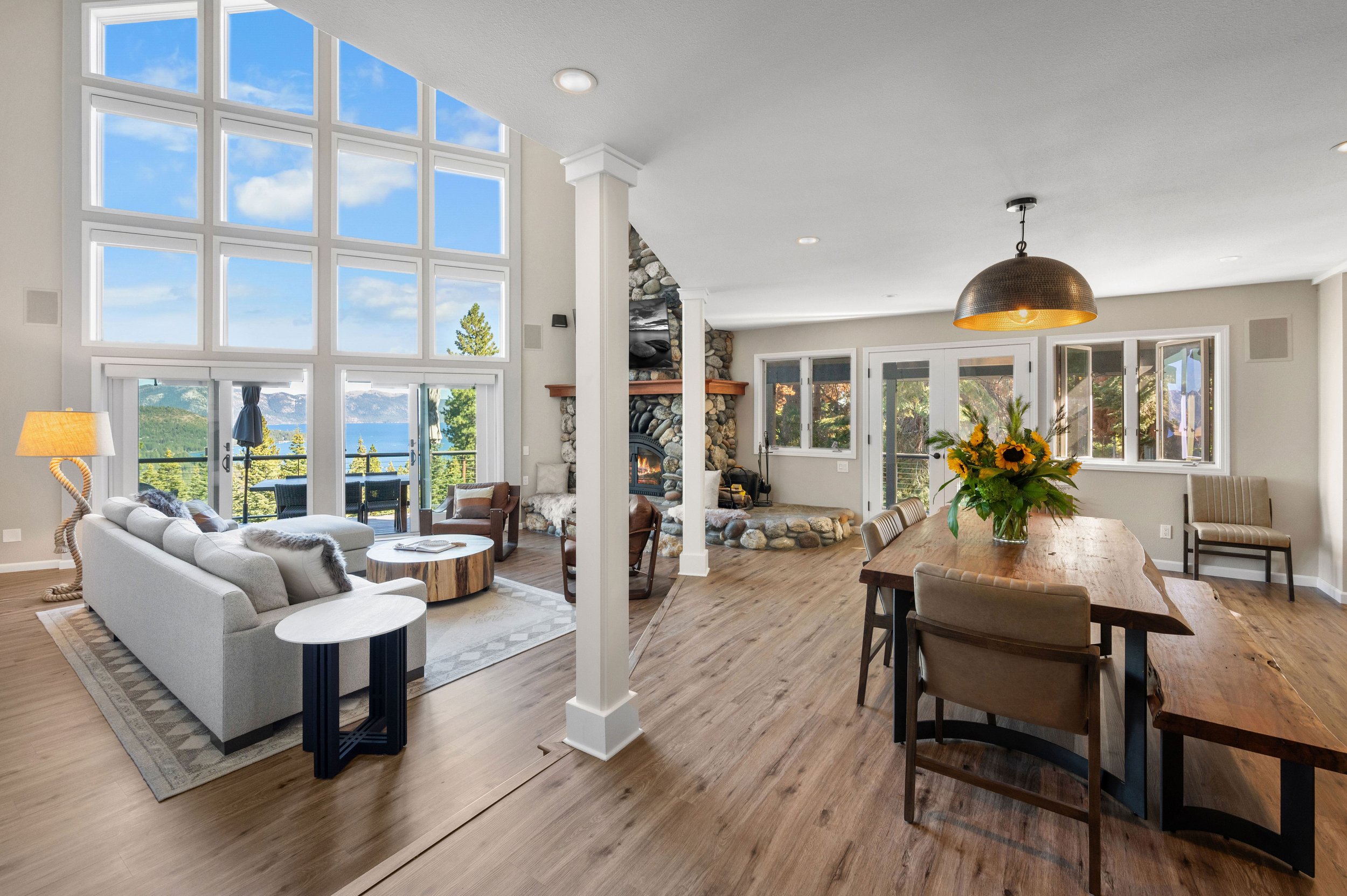Dos and Don’ts of Investing in a Vacation Rental
Common Investing Mistakes in Vacation Rentals
Investing in a vacation rental is a big decision. Not only do you have to go out on a limb and put yourself into debt for a home purchase, but there’s also absolutely no guarantee that you’re going to be a success and make that money back. The risk is worth the reward, however, when it comes time to see your thriving rental revenue. And if you are armed with a little bit of knowledge, you’ll be able to make a more intelligent and informed decision about investing in a short-term rental, leading to better results down the road.
That’s why today we’ll be exploring the dos and don’ts of investing in a vacation rental. Avoid these short-term rental mistakes and you’ll be well on your way to becoming a successful STR owner.
Don’t Jump Into a Purchase–Do Your Research First
One of the biggest mistakes that a prospective property owner can make is purchasing a home based on intuition or a “good feeling about the place”. While that might work out well when you’re purchasing a home for your own use, there are a lot of other considerations and factors to take into account other than your own intuition when it comes to purchasing a short-term rental property. So, to avoid this common vacation rental investing mistake, do your research first.
There are many tools out there that can help you understand if the property you’re interested in would be suitable as an STR. For example, Mashvisor is great for getting rough estimates of short-term rental income on prospective properties and AirDNA is perfect for accessing more accurate short-term rental data that could help you make the right decision. Property management companies local to the area can be helpful as well–just contact them with your questions and most will get back to you fairly quickly with answers.
Don’t Ignore Local Regulations–Do Look Into Local Laws Before Purchasing
More and more nowadays, local regulations and restrictions are putting pressure on the short-term rental market, and it’s never a good idea to invest in a property that will have to sit vacant due to these local laws and regulations.
In ski towns like South Lake Tahoe, for instance, regulations for vacation rentals have run rampant. Short-term rentals must get a permit to operate their businesses, but no new permits have been granted since 2018, effectively cutting off any new STRs from opening up in the town. This is why, before you jump into a home purchase, it’s important to look into these laws, whether they are state or city-based, to see if there are any restrictions on the operation of vacation rentals in the area you’re interested in. Chances are, there might be obstacles standing in your way that you’re unaware of.
Don’t Forget Amenities–Do Put Some Money Down on Amenities
Once you’ve actually purchased the property you’re interested in turning into a vacation rental, there are other investment considerations to think about as well. One thing you should set aside a piece of your budget for is amenities–these are the things that are going to draw in potential guests, and many of them are also worth the investment.
Adding a hot tub to your rental is never a bad idea, as you can raise your average daily rate by doing so and more than make back your investment in no time at all. Other amenities that will attract guests include saunas, fireplaces, patio furniture, and outdoor activities such as small playgrounds or swings for families to utilize. Although you may have to pay a little extra to install these, they’ll help you to become a successful short-term rental owner in the long run by getting more guests to stay with you.
Don’t Go Cheap on Furniture and Appliances–Do Invest in Durable, Easy-To-Clean Furnishings
Our final vacation rental investment mistake to avoid is not budgeting enough for furniture and appliances. Going a cheaper route might work when you’re just furnishing a home for personal use, but a vacation rental sees tons of traffic, and durable furnishings and appliances can help to cut down on maintenance, repair, and replacement costs.
For instance, purchasing some Ikea furniture might be cost-effective in the short run, but if it cannot stand up to the wear and tear that a vacation rental deals with on a regular basis, you’ll end up spending more money to replace it. Instead, invest in furniture and appliances that can stand up to daily use for years at a time. While it might be more expensive, it’ll end up saving you quite a bit on replacement costs.
Discover More Tips to Become a Better Short Term Rental Owner
Becoming a short-term rental owner is not something that should be taken lightly, and investing in a home purchase is something that needs to be thought out carefully before steps are taken. But if you do your research, look into local laws and regulations, and invest in quality amenities and furnishings, you’ll be on the pathway to success.
Want to learn more about becoming a better short-term rental owner? Take a look at our tips for minimizing costs in your vacation rental or our guide for branding your rental property for success.





